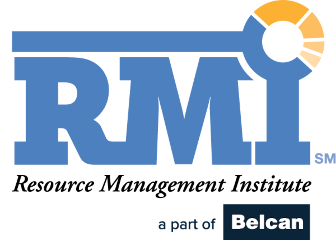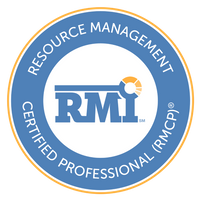No question about it – digital transformation is real, growing fast, and should be garnering your attention for many reasons. Making technology work for your company is an important investment and people are a big part of any IT strategy. An important question every CFO should be asking of IT is, how many people do you need to execute our digital transformation strategy and support our IT needs? An equally important question to ask is ‘why’ do we need that many people? The purpose of this article is not to determine exactly what those answers are for your company, but rather to help you understand some tips and techniques to get to those answers with precision.
Our institute has been studying the science of how we use human capital for project-based work in IT. In particular, we are developing more reliable standards and norms for utilization of IT personnel and the processes and systems in place used to maximize use of our human capital. This is the science of Resource and Workforce Management which I will refer to simply as RM from here on in. While the IT industry as a whole has made good strides in this area over the past decade, a lot more is needed to get to real breakthroughs in not only knowing what it really takes to get the job done, but also how to continuously optimize investments in your IT workforce.
Better RM has many benefits including:
So how do you determine if your organization is good at RM? There are many ways to do this. In a nutshell I would say it’s all in the data, but here are a few data points to explore:
If you are doing all these things, that’s great and you are in a very small group of over-achievers when it comes to resource management. If I have convinced you to look into your RM capabilities, we can offer many ways to help:




